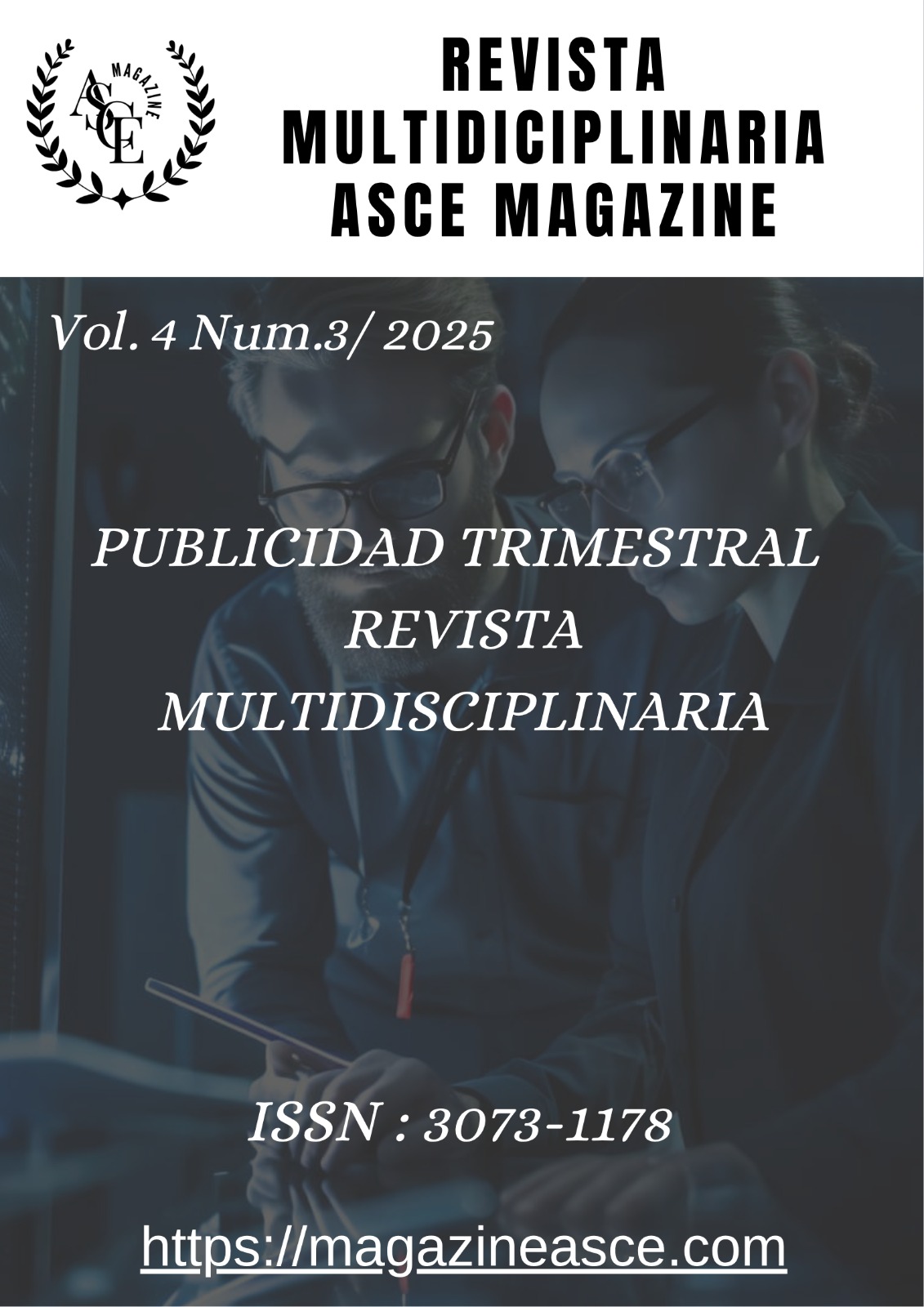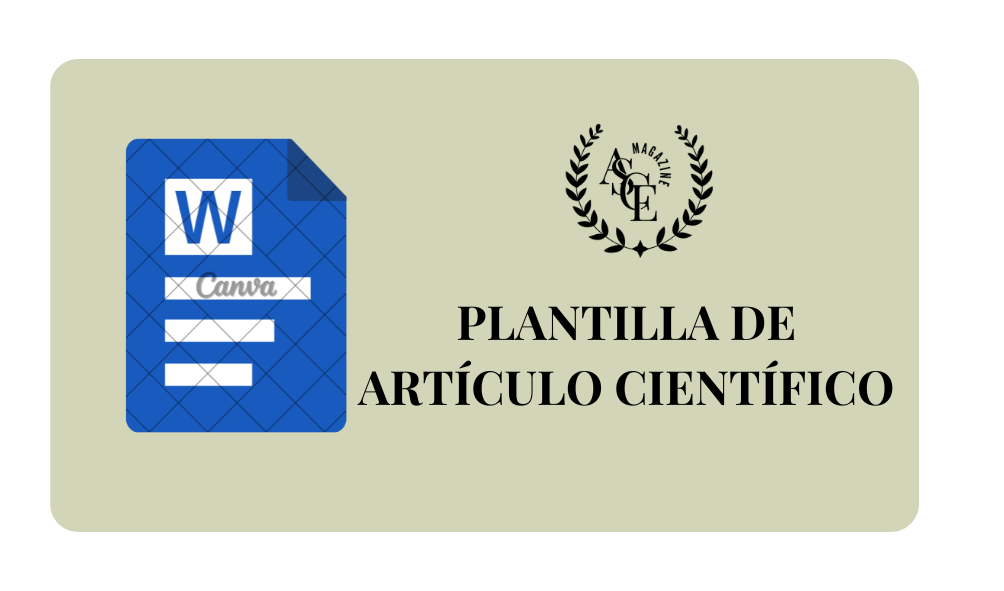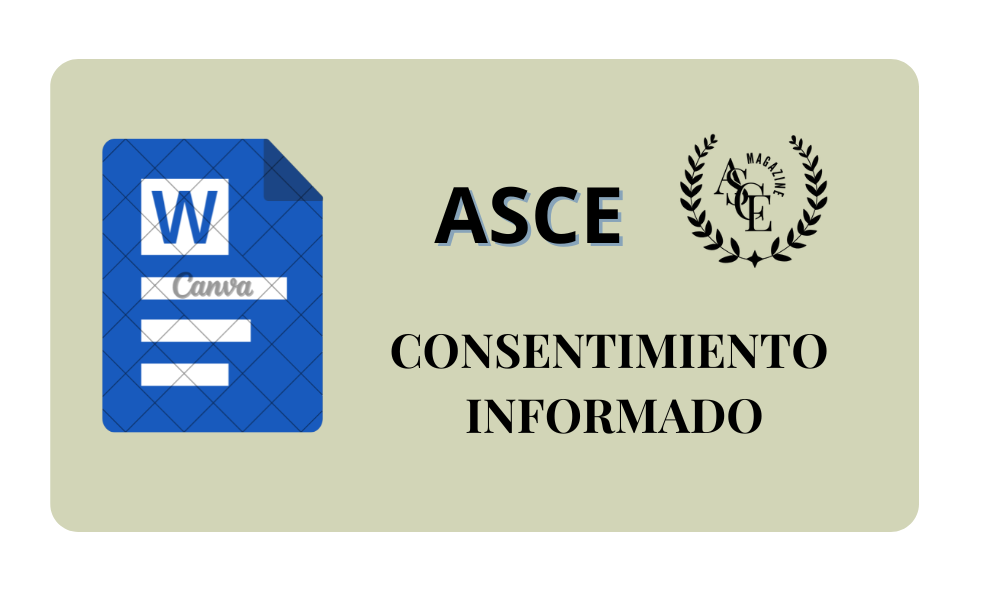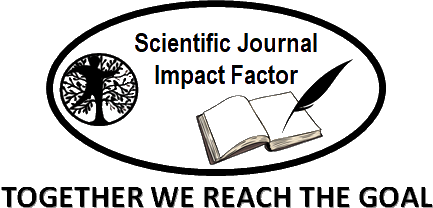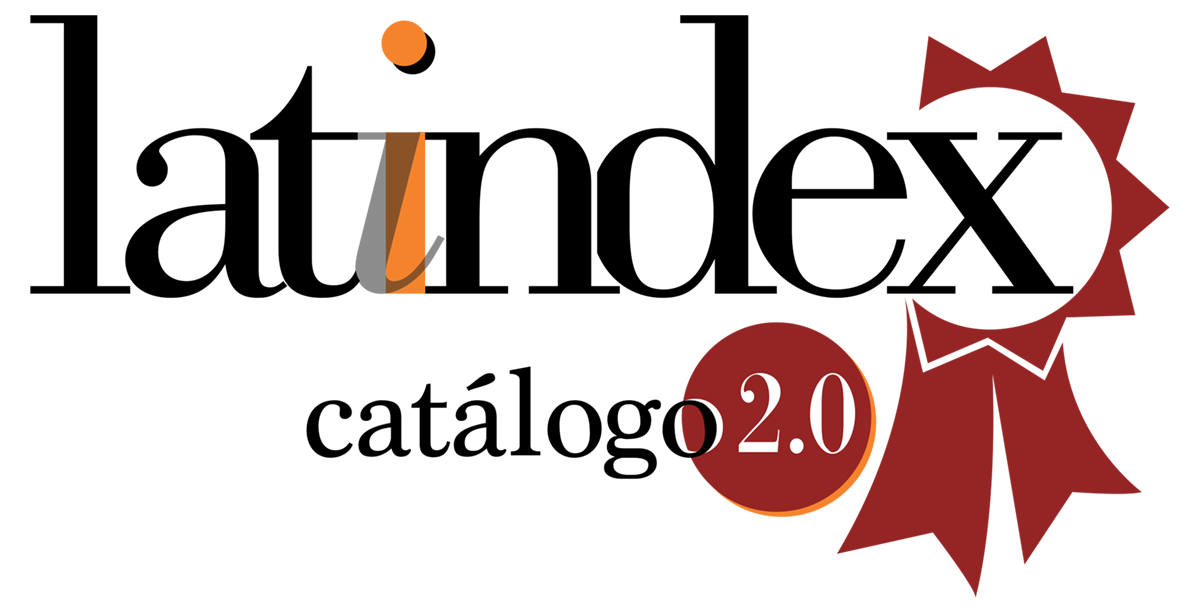Ingeniería de Requisitos en Entornos Ágiles y Tradicionales: Un Enfoque Integral para el Desarrollo de Software Centrado en el Usuario
DOI:
https://doi.org/10.70577/ASCE/944.969/2025Palabras clave:
Ingeniería de Requisitos, Desarrollo de Software, Elicitación, Validación, Gestión de Requisitos, Estándares ISO, Agilidad.Resumen
En el contexto de la transformación digital acelerada, las organizaciones enfrentan desafíos en el desarrollo de software que responda de manera efectiva a las necesidades de los usuarios. La ingeniería de requisitos, aunque fundamental para el éxito de los proyectos de software, a menudo presenta problemas como ambigüedades, contradicciones y falta de trazabilidad en los requisitos, lo que puede generar errores críticos durante el ciclo de desarrollo. Este artículo tiene como objetivo analizar la ingeniería de requisitos en entornos ágiles y tradicionales, con un enfoque en mejorar la calidad, trazabilidad y utilidad de los sistemas mediante una gestión adecuada de los requisitos. Para ello, se utilizó una metodología mixta, combinando la investigación documental y el análisis de casos prácticos en instituciones educativas y de salud en Ecuador. Los métodos empleados incluyen entrevistas semiestructuradas, observación directa, cuestionarios y prototipos, siguiendo los estándares internacionales ISO/IEC/IEEE 29148:2018 y BABOK v3. Los resultados obtenidos muestran que la aplicación rigurosa de técnicas de elicitación y validación, junto con la combinación de enfoques ágiles y tradicionales, mejora la precisión y pertinencia de los requisitos. Además, se encontró que la participación activa de los stakeholders y el uso de herramientas digitales favorecen una mejor alineación de los proyectos con las necesidades reales de los usuarios. Finalmente, se concluye que la ingeniería de requisitos debe ser integrada como una competencia transversal en la formación de ingenieros de software, priorizando un enfoque que combine aspectos técnicos, metodológicos y éticos para garantizar el éxito de la transformación digital.
Descargas
Citas
Administración de Requerimientos. (2014, agosto 26). Clasificación y tipos de requerimientos. WordPress. https://administracionderequerimientos.wordpress.com/2014/08/26/clasificacion-y-tipos-de-requerimientos/
Arangurí, M., & Bravo, J. (2021). Metodología integral de casos de prueba sustentado en un modelo de verificación de requisitos. eLibro. https://elibro.net/es/lc/espoch/titulos/228963
Bejarano, M., & Baquero, L. (2020). Ciclo de vida de desarrollo ágil de software seguro. eLibro. https://elibro.net/es/lc/espoch/titulos/197008 DOI: https://doi.org/10.2307/j.ctv1vbd1rf
Echeverri, J., Aristizábal, M., & González, L. (2013). Reflexiones sobre ingeniería de requisitos y pruebas de software. eLibro. https://elibro.net/es/lc/espoch/titulos/68913
Jiménez, C. (2021). UML: Arquitectura de aplicaciones en Java, C++ y Python. eLibro. https://elibro.net/es/lc/espoch/titulos/2227203
IEEE. (1998). IEEE Recommended Practice for Software Requirements Specifications (Std 830-1998). Institute of Electrical and Electronics Engineers.
ISO/IEC/IEEE. (2018). Systems and software engineering — Life cycle processes — Requirements engineering (ISO/IEC/IEEE 29148:2018). International Organization for Standardization.
International Institute of Business Analysis. (2015). A guide to the business analysis body of knowledge (BABOK guide) (Version 3). IIBA.
ISO/IEC. (2011). ISO/IEC 25010:2011. Systems and software engineering — Systems and software quality requirements and evaluation (SQuaRE) — System and software quality models. International Organization for Standardization.
PMI Levante. (s.f.). Gestión de los interesados. https://pmi-levante.org/gestion-interesados/
Descargas
Publicado
Cómo citar
Número
Sección
Licencia
Derechos de autor 2025 Cristian Geovanny Merino Sánchez

Esta obra está bajo una licencia internacional Creative Commons Atribución-NoComercial-SinDerivadas 4.0.
Eres libre de:
- Compartir : copiar y redistribuir el material en cualquier medio o formato
- Adaptar : remezclar, transformar y desarrollar el material
- El licenciante no puede revocar estas libertades siempre y cuando usted cumpla con los términos de la licencia.
En los siguientes términos:
- Atribución : Debe otorgar el crédito correspondiente , proporcionar un enlace a la licencia e indicar si se realizaron cambios . Puede hacerlo de cualquier manera razonable, pero no de ninguna manera que sugiera que el licenciante lo respalda a usted o a su uso.
- No comercial : no puede utilizar el material con fines comerciales .
- CompartirIgual — Si remezcla, transforma o construye sobre el material, debe distribuir sus contribuciones bajo la misma licencia que el original.
- Sin restricciones adicionales : no puede aplicar términos legales ni medidas tecnológicas que restrinjan legalmente a otros hacer algo que la licencia permite.

